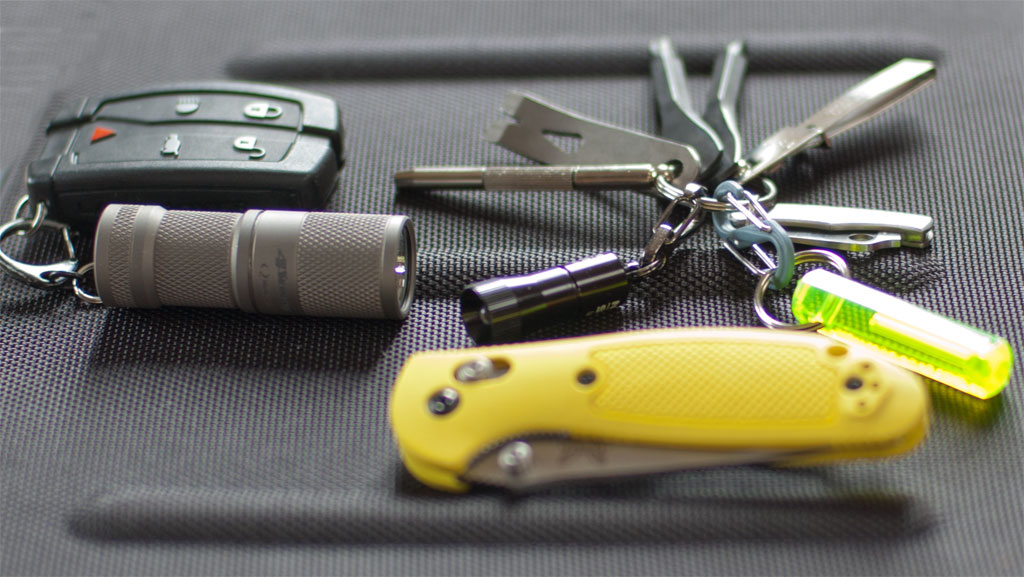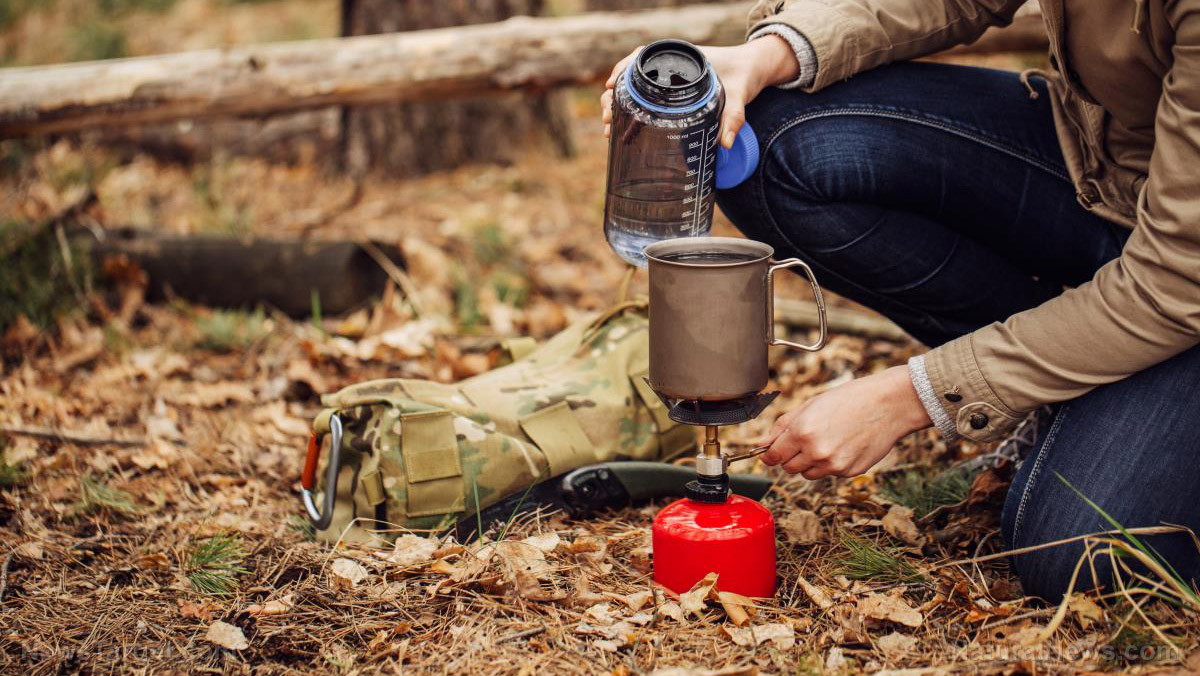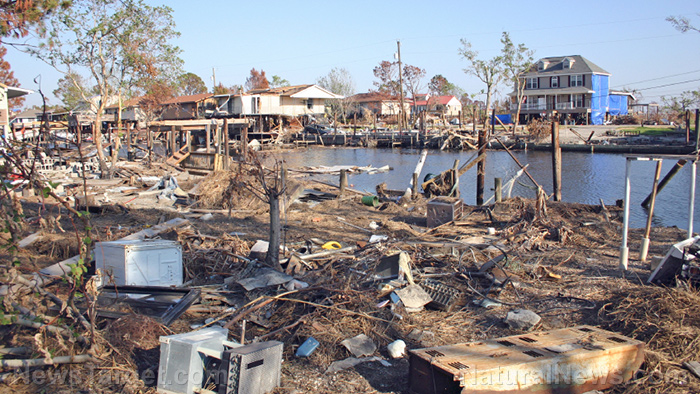Survival food: How to make nutrition bars for the stockpile
06/22/2020 / By Divina Ramirez

Shelf-stable foods are an essential component of a prepper’s stockpile for disasters and SHTF situations. That said, most of the commercial, shelf-stable foods like granola bars, instant oatmeal and refined cereals are often a lot less nutritious than fresh, perishable foods.
But this doesn’t mean that a prepper should sacrifice nutrition for shelf life in filling up pantries. Reaching a middle ground is possible, and it comes in the form of homemade nutrition bars meant to last for months. (h/t to AskAPrepper.com)
Essential ingredients of nutrition bars
It’s no surprise that nutrition bars boast an incredible nutrition profile. Rich in fiber, minerals, protein and potent plant compounds, nutrition bars can be a godsend in times of need.
But there’s a problem: the nutrition bars found in store aisles are often full of calories, added sugar and artificial ingredients meant to increase their shelf-life and enhance their composition. In essence, eating these processed nutrition bars is no different from eating scoopfuls of plain sugar and chemicals.
But if made using the right ingredients, a nutrition bar becomes an essential part of a prepper’s stockpile. Here are some of the non-negotiable components of a decent nutrition bar:
Calories
The best nutrition bars are designed to be consumed in place of an entire meal, so it’s important that the bar has enough calories equal to a standard dish for lunch or dinner.
Protein
Meat shortages can happen in an SHTF situation, and plant-based meat substitutes like beans don’t contain complete proteins. For these reasons, protein-rich nutrition bars are a must.
Fiber
Fiber softens stool and promotes the proliferation of bacteria that aid digestion. But in most cases, processed nutrition bars fall short on the actual nutrition due to their lack of fiber.
Fat
Unsaturated fats are also an essential component of a good nutrition bar. Our bodies need these healthier fats for nutrient absorption and hormone production, among other cellular processes. (Related: Boost good cholesterol with monounsaturated fats.)
Vitamins and minerals
It’s not a nutrition bar without a decent amount of vitamins and minerals. In fact, a good nutrition bar should contain at least a third of the recommended intake for vitamins C, E, D and A, and essential minerals such as potassium, magnesium, calcium and zinc.
Simple nutrition bar recipe
Making nutrition bars is easier than most people think, and it doesn’t cost a fortune either. Here is a quick and simple recipe for a nutrition bar that ticks all the essential components listed earlier:
Ingredients:
- 1/4 cup sunflower seeds
- 1/4 cup chopped almonds
- 1/4 cup dried cranberries
- 2 cups oats
- 1/2 cup honey
- 1 cup almond butter
- 2 tablespoons coconut oil
- 1 tablespoon turmeric powder
- 1/2 teaspoon salt
- 1 scoop plant-based protein powder
Preparation:
- Preheat the oven to 300 C.
- In a large bowl, combine the sunflower seeds, chopped almonds, dried cranberries, oats, turmeric and protein powder.
- In a small saucepan, mix the wet ingredients and heat it up until it is light enough to pour.
- Pour the mixture over the mixed ingredients from earlier. Make sure all of the ingredients are coated.
- Spread the mix on a baking dish.
- Bake for 30 minutes.
- Once the mix has cooled, cut it into bars or squares for easier storage.
- Slip the bars into resealable plastic bags. You can seal each bar in a separate bag or seal a bunch of them in one bag.
- Label the bags.
- To increase the bars’ shelf life, store the resealable bags holding the bars in an airtight container.
Don’t like some of the ingredients listed? No problem. The recipe is meant to be a starting point for creating a decent enough nutrition bar, so don’t be afraid to change it up and add more ingredients or skip the others.
Read more articles about preparing your own shelf-stable foods at FoodStorage.news.
Sources include:
Tagged Under: emergency food, food safety, Food storage, food supply, Gear, natural ingredients, nutrition bar, pantry, preparedness, prepping, shelf-stable foods, SHTF, Stockpile, survival, survival food
RECENT NEWS & ARTICLES
COPYRIGHT © 2017 PREPAREDNESS NEWS


















